Fushimi Inari Taisha, A Journey Through 10,000 Torii!
Although there are many shrines throughout Japan, some are very popular and attract not only a lot of Japanese but also foreign tourists. Some of those headliners are Tokyo’s Meiji Jingu, Sumiyosh Taisha in Osaka, and Ise Jingu in Mie. Another of the most iconic shrines in Japan is Kyoto’s Fushimi Inari Taisha. Head shrine to the god of the harvest and business, Inari, Fushimi Inari is easily one of the most popular shrines in the entire country.
Fushimi Inari Shrine Grounds
The main gate of Fushimi Inari Shrine is only a few minutes away from Keihan Fushimi Inari Station. You will probably have no trouble finding the shrine as almost everybody who leaves that station walks to the shrine. If you take JR Nara Line, the main gate is right in front of JR Inari Station.
As the main shrine of some 30,000 Inari shrines throughout Japan, Fushimi Inar is full of people every time we visit.
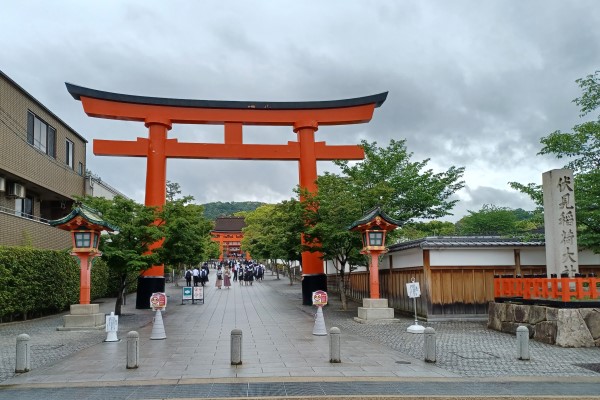

As you walk the shrine grounds, you will immediately notice there are many fox statues with things like rice or scrolls or a key, in their mouths. Foxes are messengers of the god Inari and humans generally can not see them as they are transparent.
It is fun to find the various kinds foxes on the shrine grounds.
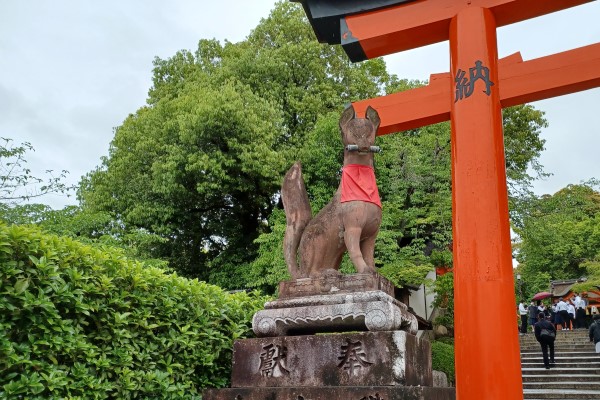

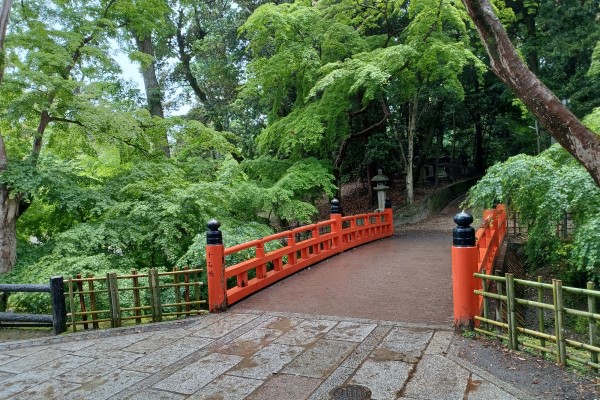
Honden
According to shrine records, in 711 Irogu, the founder of the Hata clan, was practicing his archery, using mochi as the target. All of a sudden the mochi turned it into a white bird and flew away. Then, the bird landed on the top of the mountain and rice grew! Irogu decided it was a sacred place and made a shrine for Inari because ine [稲] (rice ) nari [荷生り](grew). Since then, Inari shrine is the shrine for harvesting.
Fushimi Inari Shrine enshrines five gods in its honden: Ukanomitama, Satahiko no Okami, Omiyanome no kami, and Shi no Okami.
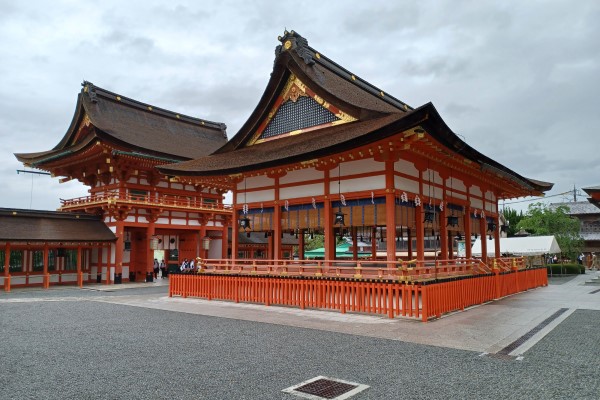
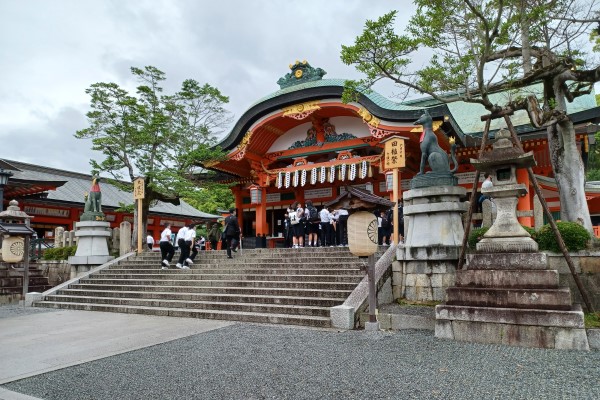
While many shrines have tall walls or fences surrounding the honden so that people won’t disturb the gods, for some reason Fushimi Inari doesn’t, allowing you to clearly see the honden. The roof is done in the nagare-zukuri style, where it is short on one side and long on the other; a very popular type of architecture in Shinto shrines.
Lesser Shrines
As the main shrine of Inari, Fushimi Inari is huge! Behind the honden, there is a path that leads to Mt. Inari via the Okusha Hohai-sho. Along this path are many interesting little shrines. It is hard to decide which shrine to visit!
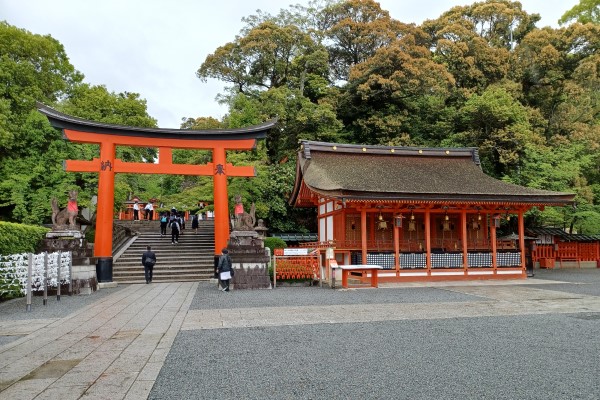
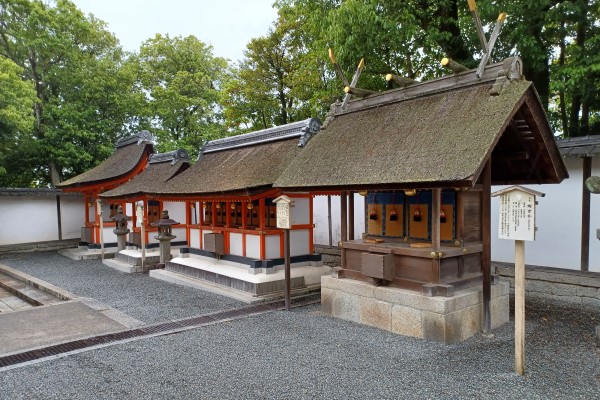
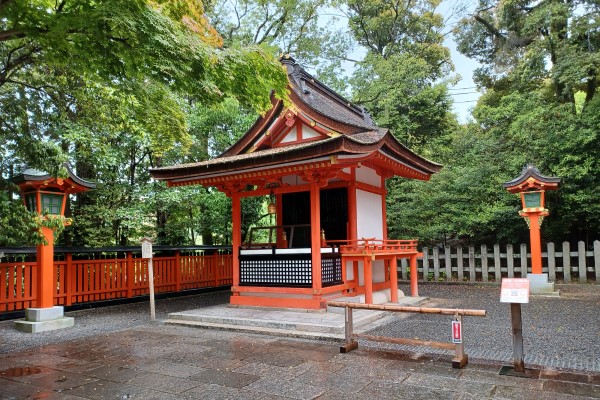
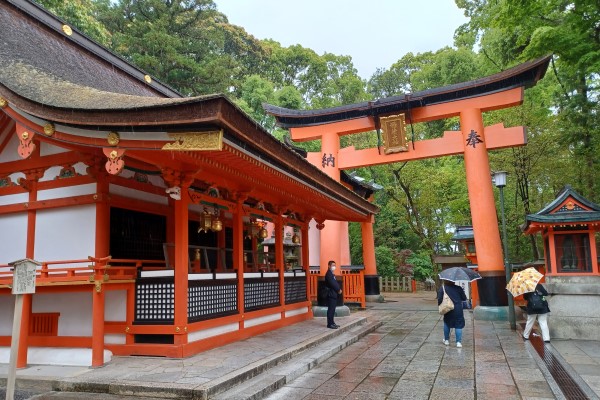
Senbon Torii
The Senbon Torii is a 400m long path, completely covered with Torii that leads to the Okusha. This path once used by the gods themselves represents the entrance to the sacred Mt. Inari.
The tunnel of torii gate is very beautiful and some of you probably want to take some pretty photos, but it may be hard as it is really crowded unless you come really early in the morning. But don’t worry, the torii gate last further up to the mountain and if you pass Okusha Hohai-sho, there are significantly fewer people.
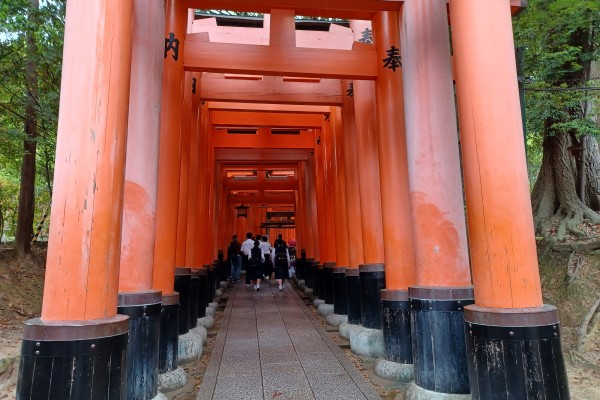
The torii were donated by people as tokens of gratitude for their wishes coming true. Though there are many Torii here, the culture of donating Torii started in the Edo Period, which is rather new considering the long history of the temple.
In the Edo Period, people used rice to represent assets, so people started to associate Inari gods with business, so many people donated torii in the hope of their business prosperity.
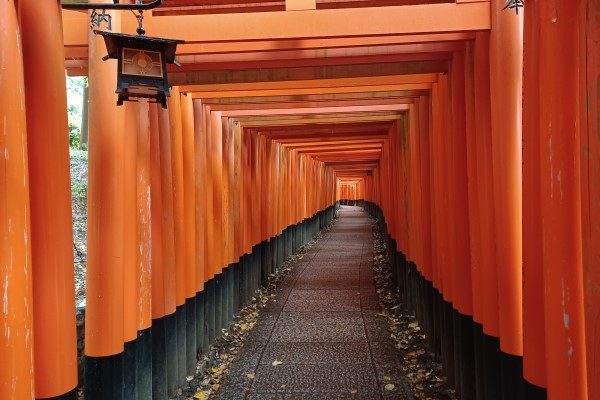

After the Senbon Torii is a little shrine called Okusha Hohai-sho. The large Mt. Inari, where Fushimi Inari Taisha originated, stands right behind the shrine. People can pray for the mountains from here so that they don’t have to climb up the mountain.
Of course, if you are interested, you can climb Mt. Inari though it may take at least two hours to the top. However, if you decide to do so you can see just how popular Inari Worship is, as well as feel the almost mystical atmosphere of this mountain.
Information: Fushimi Inari Taisha
| Address |
|
68 Fukakusa Yabunouchicho, Fushimi-ku, Kyoto, Kyoto Prefecture
|
| Website |
|
http://inari.jp/
|
| Access |
|
Accessing Fushimi Inari Shrine from Osaka is very easy. Take a Keihan Limited Express train from Yodoyabashi Station and change trains for a Local or Semi-rapid train at Tambabashi. From Tambabashi, it is only several stations a minutes or so to Fushimi Inari Station. If you want to use JR, go to Kyoto Station and change to a local train on the Nara Line.
|
| Hours |
|
|
| Admission |
|
Free
|
| Note |
|
See here for our post on Mt. Inari
|
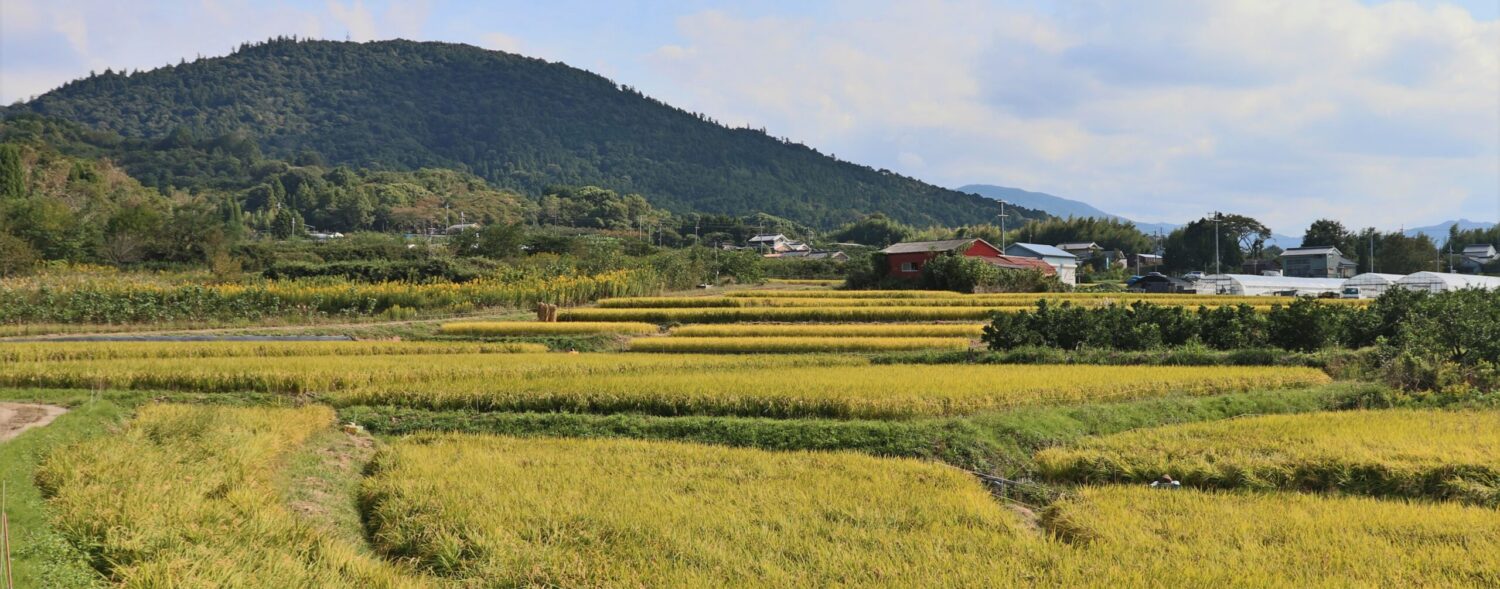
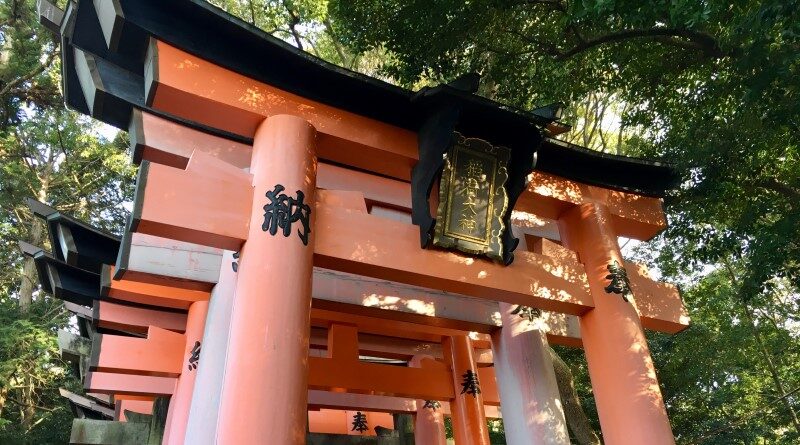
Leave a Reply